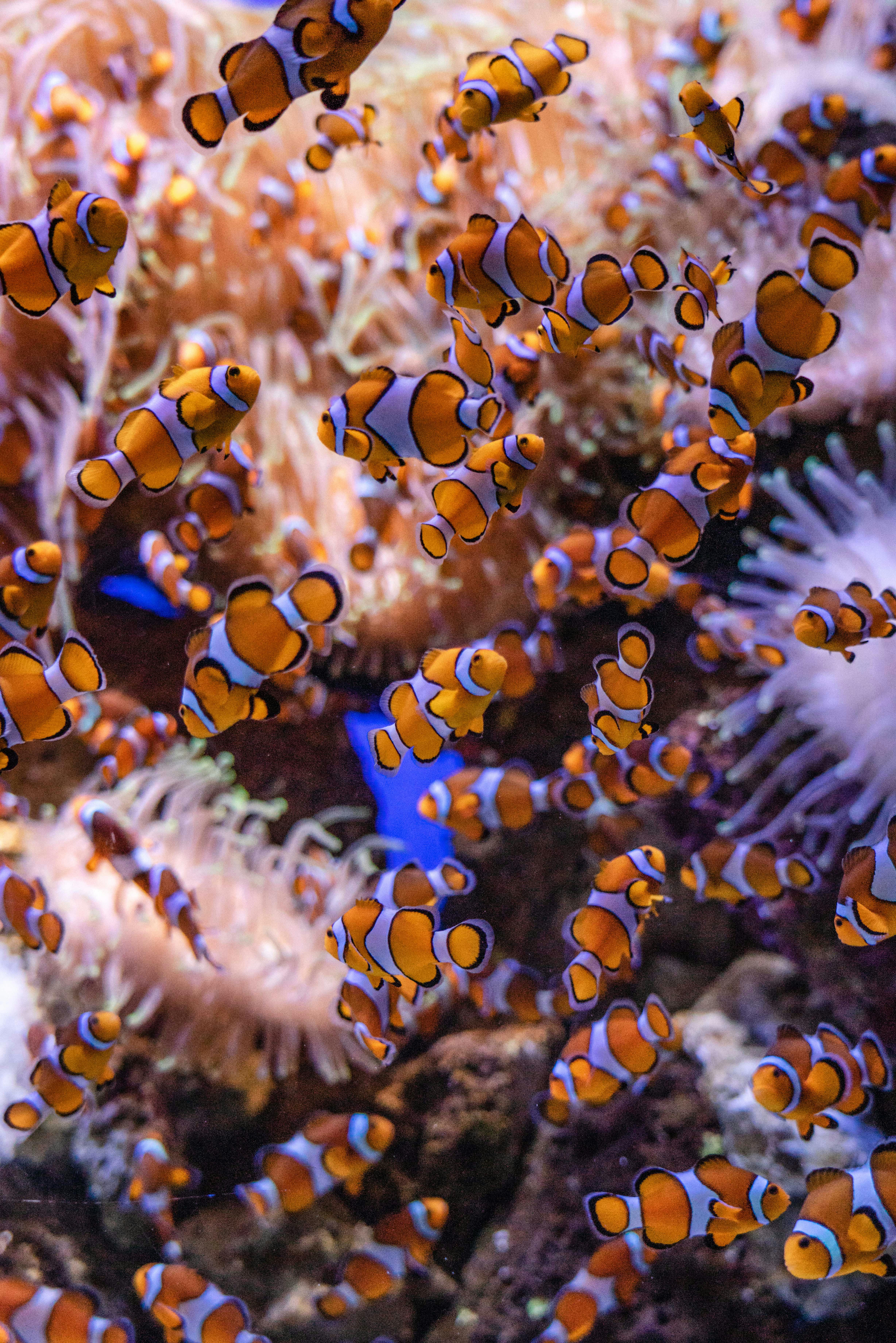
Effective Ways to Explore Del Mar Shark Trends in 2025
Sharks have long been a source of fascination and fear, captivating the imagination of marine enthusiasts and researchers alike. Del Mar, a beautiful coastal town in California, is not only known for its picturesque beaches but also for its diverse shark population. As we approach 2025, understanding the trends surrounding these marine predators is crucial for their conservation and public awareness. This article will delve into the various species of sharks found in Del Mar, their behaviors, conservation efforts, and emerging trends in shark research, exploration, and tourism. Exploring the intricate dynamics of shark diversity and ecology can provide insights into their role as apex predators in ocean ecosystems. In 2025, it is essential to note the impacts of human interactions, such as fishing regulations and conservation initiatives aimed at protecting vulnerable shark species. By examining these trends, not only can we appreciate these magnificent creatures, but also promote responsible practices that ensure their survival for generations to come. In this article, we will cover the following critical topics: an overview of popular shark species found in Del Mar, current shark research initiatives, implications of tourism related to sharks, and practical tips for responsible shark encounters. With each section building upon the last, you'll gain a comprehensive understanding of the importance of sharks in our oceans and how we can contribute to their conservation.Overview of Shark Species Found in Del Mar
Building on our introduction, let’s delve deeper into the various shark species that inhabit the waters around Del Mar. Understanding their anatomy and behavior is vital in promoting shark awareness among the community and ensuring their conservation.Common Species in Del Mar Waters
The coastal waters of Del Mar are home to various shark species, including the **great white shark**, **hammerhead shark**, and **tiger shark**. Each species possesses unique characteristics and plays a crucial role in the marine ecosystem. The great white, known for its size and predatory behavior, often attracts interest due to its notoriety. In contrast, the gentle **whale shark** and **basking shark** serve as indicators of the health of our ocean ecosystems due to their filter-feeding habits. Researchers have observed that the **hammerhead species** are prevalent in these waters, particularly during migration seasons. Studies show that their large, distinctive heads help them with hunting and sensory perception, providing insights into their hunting habits and compatibility with other species.Shark Biology and Anatomy
The anatomy of sharks is fascinating and plays a significant role in their survival. Sharks are elasmobranchs, characterized by their cartilaginous skeletons and unique adaptations. They possess specialized features such as **electroreceptors** that help them detect prey and navigate through the ocean. Understanding the biological aspects, including reproductive behaviors and migratory patterns, is paramount for conservationists working to protect these species from threats like shark finning and habitat destruction. Furthermore, shark biology research enhances public awareness regarding the ecological importance of maintaining shark populations.Shark Habitats and Migration Patterns
Shark habitats vary depending on the species, with some preferring coastal waters and others inhabiting the open ocean. In Del Mar, **shallow water sharks** like the **nurse shark** can often be spotted in estuaries and bays, while **oceanic species** like the **blue shark** and **mako shark** prefer deeper waters. Studying shark migration patterns is crucial for understanding their breeding cycles and for implementing effective conservation measures. It’s essential for policymakers to consider these migration routes when establishing fishing regulations and protected marine areas, ensuring safer habitats for these apex predators.Current Shark Research Initiatives
With a solid foundation of knowledge about shark species in Del Mar, let's explore some current research initiatives focused on sharks. These studies play an integral role in promoting conservation efforts and understanding shark behavior in different environments.Innovative Research Techniques
Shark research has evolved significantly over the years, incorporating advanced technologies such as **shark detection algorithms** and **NLP applications** in marine biology. Predictive modeling for shark sightings using AI-driven analysis allows researchers to monitor shark populations and movement patterns in real-time. These innovations enable marine biologists to gather crucial data on shark behavior and migration, significantly enhancing understanding of their interactions with other marine species. Moreover, these studies can inform public safety guidelines and conservation initiatives aimed at protecting sharks from poaching and unsustainable fishing practices.Shark Conservation Efforts
In response to declining shark populations, numerous conservation efforts have been initiated to protect these vital marine predators. Organizations are working on awareness campaigns regarding **shark finning**, advocating for stricter regulations against harmful fishing practices, and promoting community involvement in conservation efforts. Moreover, localized programs that focus on marine sanctuaries and protected areas help safeguard critical shark habitats, ensuring they have a safe space to thrive. The community's role in these conservation efforts is pivotal, as local support can lead to effective policy changes and greater awareness of sharks’ ecological importance.Community Engagement and Education
Educational programs aimed at schools and community groups have increased awareness surrounding shark behavior and conservation. Shark tours and diving experiences allow people to observe these magnificent creatures up close, providing a unique opportunity to foster understanding and appreciation. Public perception of sharks often shapes their conservation. By engaging the community in discussions about the ecological importance of sharks, the narrative can shift from fear to admiration, encouraging proactive participation in marine conservation.Shark Encounters and Responsible Practices
Understanding how to safely interact with sharks is essential for both conservation and public safety. This section focuses on responsible practices that can enhance shark encounters while minimizing risks.Shark Tour Guidelines
Participating in shark tours can provide participants a thrilling experience while promoting marine conservation. It is essential for tour operators to adhere to ethical guidelines that prioritize the safety of both participants and marine life. Avoiding baiting practices and promoting **shark cage diving** can reduce stress on sharks and provide a more authentic encounter with these ocean predators. Educating visitors about their actions during encounters, such as not touching the sharks and respecting their space, ensures both human safety and animal welfare. Conducting thorough briefings prior to tours can foster a responsible and enriching experience for participants.Safe Diving Practices
Diving with sharks requires knowledge of safe practices. Understanding shark behavior and learning best practices can mitigate risks associated with shark encounters. It is crucial for divers to stay calm and avoid sudden movements, as this can provoke sharks. Moreover, having trained guides during dives ensures that safety protocols are followed, creating a safe environment for both sharks and divers. As more people participate in shark diving experiences, proper training and awareness become essential to ensure both enjoyment and safety.Avoiding Shark Attacks
While shark attacks remain statistically rare, awareness and education can help reduce risks. Understanding common triggers for shark behavior, such as fishing activities and water sports, is essential to minimize encounters. Additionally, following guidelines for swimming in shark-prone areas—such as avoiding dawn and dusk and swimming in groups—can significantly enhance safety. Educating the public about **shark attack statistics** can also help dispel myths surrounding sharks, fostering a better understanding of their true nature.Conclusion: The Future of Shark Conservation
As we look ahead to 2025, the importance of continuing research and conservation efforts for sharks cannot be overstated. In light of emerging trends and public interest in shark diversity, education around the ecological significance of these creatures is more crucial than ever. The Del Mar shark landscape presents a unique opportunity for engaging both the public and researchers alike in advocacy and conservation initiatives. By raising awareness through education, community involvement, and responsible tourism, we can work together to ensure the survival of sharks in our oceans. With ongoing efforts, the future of shark conservation appears promising, paving the way for a deeper appreciation and understanding of these iconic marine predators.
